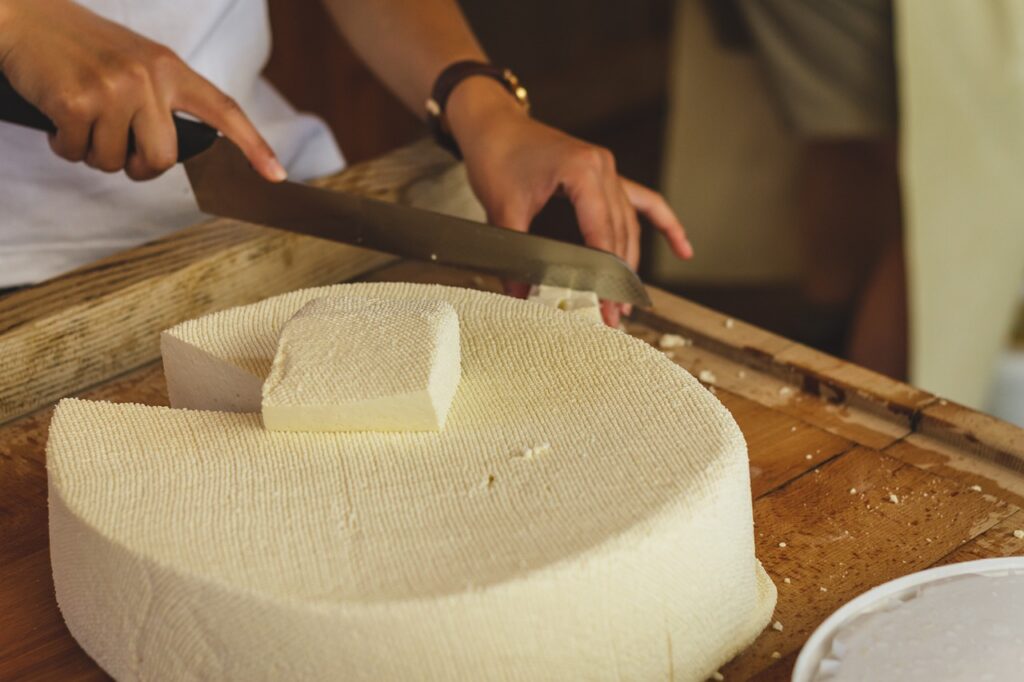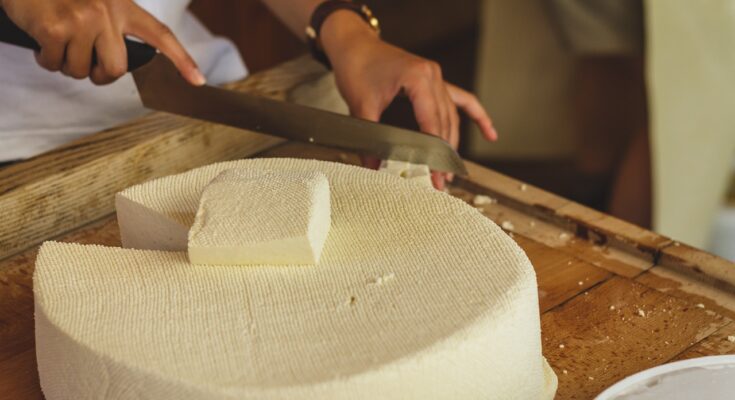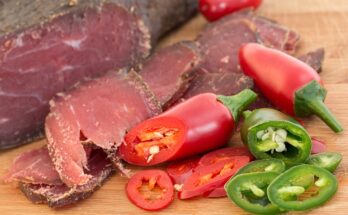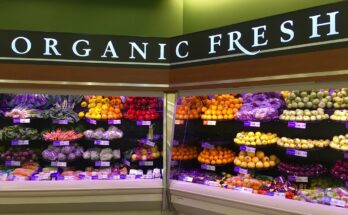Are you curious about how our ancestors preserved and processed food? In this article, we will explore the fascinating evolution of food processing techniques. From ancient methods of preservation to modern innovations, you will discover how humans have perfected the art of extending the shelf life of food.
Imagine a time when refrigerators didn’t exist, and people had to rely on natural methods to prevent their food from spoiling. Ancient civilizations developed ingenious techniques such as drying, salting, and smoking to preserve their harvests. But it didn’t stop there.
As cooking techniques advanced, our ancestors learned that heat not only made food more palatable, but it also helped destroy harmful bacteria and parasites.
Fast forward to the present day, and we have an impressive array of food preservation techniques at our disposal. From canning and freezing to pasteurization and dehydration, these methods have revolutionized our ability to store and transport food safely.
But what does the future hold? Join us as we explore the cutting-edge technologies and techniques that may shape the future of food processing. Get ready to embark on a journey through time and witness the remarkable evolution of food preservation.
Ancient Methods of Food Preservation
Discover ancient techniques of food preservation that will amaze you and make your taste buds tingle with excitement! Throughout history, people have developed ingenious methods to keep food fresh for longer periods.
One such method is drying, where food is left to air dry or dehydrated using the sun or wind. This technique has been employed for thousands of years and is still widely used today.
Another fascinating method is fermentation, which involves the use of bacteria or yeast to preserve food. This process not only extends the shelf life of food but also enhances its flavor and nutritional value.
Additionally, salting and smoking were popular methods used by ancient civilizations to preserve meat and fish. These techniques not only prevented spoilage but also added unique flavors to the food.
Exploring these ancient preservation methods gives us a glimpse into the resourcefulness and creativity of our ancestors.
The Advent of Cooking
Interestingly, the advent of cooking has revolutionized the way we prepare and enjoy our meals. Cooking involves applying heat to food, which not only helps to kill harmful bacteria but also enhances the taste and texture of ingredients.
The use of fire as a cooking technique dates back to ancient times, and it has evolved significantly over the years. From simply roasting meat over an open flame to using sophisticated cooking methods like baking, frying, and grilling, cooking has become an art that allows us to experiment with flavors and create diverse and delicious dishes.
Moreover, cooking has also made it possible for us to transform raw ingredients into more digestible and nutrient-rich forms, making our meals not only enjoyable but also nourishing for our bodies.
Innovations in Fermentation
Try experimenting with fermentation techniques to unlock a world of unique flavors and textures in your meals. Fermentation is a natural process that has been used for centuries. It involves the breakdown of sugars by microorganisms like bacteria and yeast. The result is a transformation of food that not only preserves it but also creates complex flavors and beneficial compounds.
One of the most popular fermented foods is yogurt, which is made by fermenting milk with specific bacteria. This process not only adds a tangy flavor to the yogurt but also increases its nutritional value by enhancing the digestion of lactose.
Another example is sauerkraut, which is made by fermenting cabbage. This not only gives it a distinct sour taste but also increases its probiotic content, promoting a healthy gut.
So why not give fermentation a try and discover a whole new world of delicious possibilities?
Modern Food Preservation Techniques
Explore the modern wonders of preserving your favorite meals, leaving you in awe of the innovative methods used to keep food fresh and full of flavor.
Nowadays, food preservation techniques have come a long way from traditional methods like canning and freezing. One of the most popular techniques is vacuum sealing, which removes air from the packaging, preventing the growth of bacteria and mold. This method not only extends the shelf life of food, but also locks in its natural flavors and nutrients.
Another cutting-edge technique is high-pressure processing (HPP), where food is subjected to intense pressure to eliminate harmful bacteria while maintaining its taste and texture.
Additionally, there’s freeze-drying, a process that removes moisture from food by freezing it and then slowly dehydrating it under low pressure, resulting in lightweight, shelf-stable products that retain their original taste and nutritional value.
With these modern preservation techniques, you can enjoy your favorite meals whenever you want, without compromising on quality.
The Future of Food Processing
Excitingly, the future holds endless possibilities for revolutionizing the way we preserve and prepare our meals, leaving you eager to experience the advancements that’ll enhance your culinary experiences.
In the coming years, food processing techniques will continue to evolve, driven by advancements in technology and a growing demand for healthier, more sustainable options.
One area of focus will be the development of new preservation methods that extend the shelf life of food without sacrificing taste or nutritional value. Researchers are exploring innovative techniques such as high-pressure processing, pulsed electric fields, and cold plasma treatment to achieve this goal. These methods can help maintain the freshness of foods, reduce the need for artificial preservatives, and ensure the safety of our meals.
Additionally, advancements in robotics and automation will play a significant role in the future of food processing. From automated chopping and slicing to robotic chefs, these technologies will streamline the cooking process and make it more efficient. Imagine having a personal robotic assistant that can prepare meals tailored to your preferences, saving you time and effort in the kitchen.
Furthermore, the future of food processing will also see a greater emphasis on personalized nutrition. With advancements in genetics and biotechnology, it’ll be possible to create custom-made meals that cater to individual dietary needs and preferences. This could include personalized meal kits, tailored supplements, and even genetically modified foods designed to optimize health and well-being.
The future of food processing promises to bring exciting advancements that’ll transform the way we preserve and prepare our meals. From new preservation techniques to robotic chefs and personalized nutrition, these innovations will enhance our culinary experiences and make healthy, delicious meals more accessible to all. Get ready to embark on a culinary journey like never before!

Conclusion
So there you have it! You’ve learned about the fascinating evolution of food processing techniques. From ancient methods of preservation to the advent of cooking and innovations in fermentation, humans have always found ways to make food last longer and taste better.
Today, with modern food preservation techniques, we can enjoy a wide variety of foods all year round. And who knows what the future holds? Exciting advancements in food processing await us, ensuring that we continue to have safe, delicious, and sustainable food options for generations to come.




